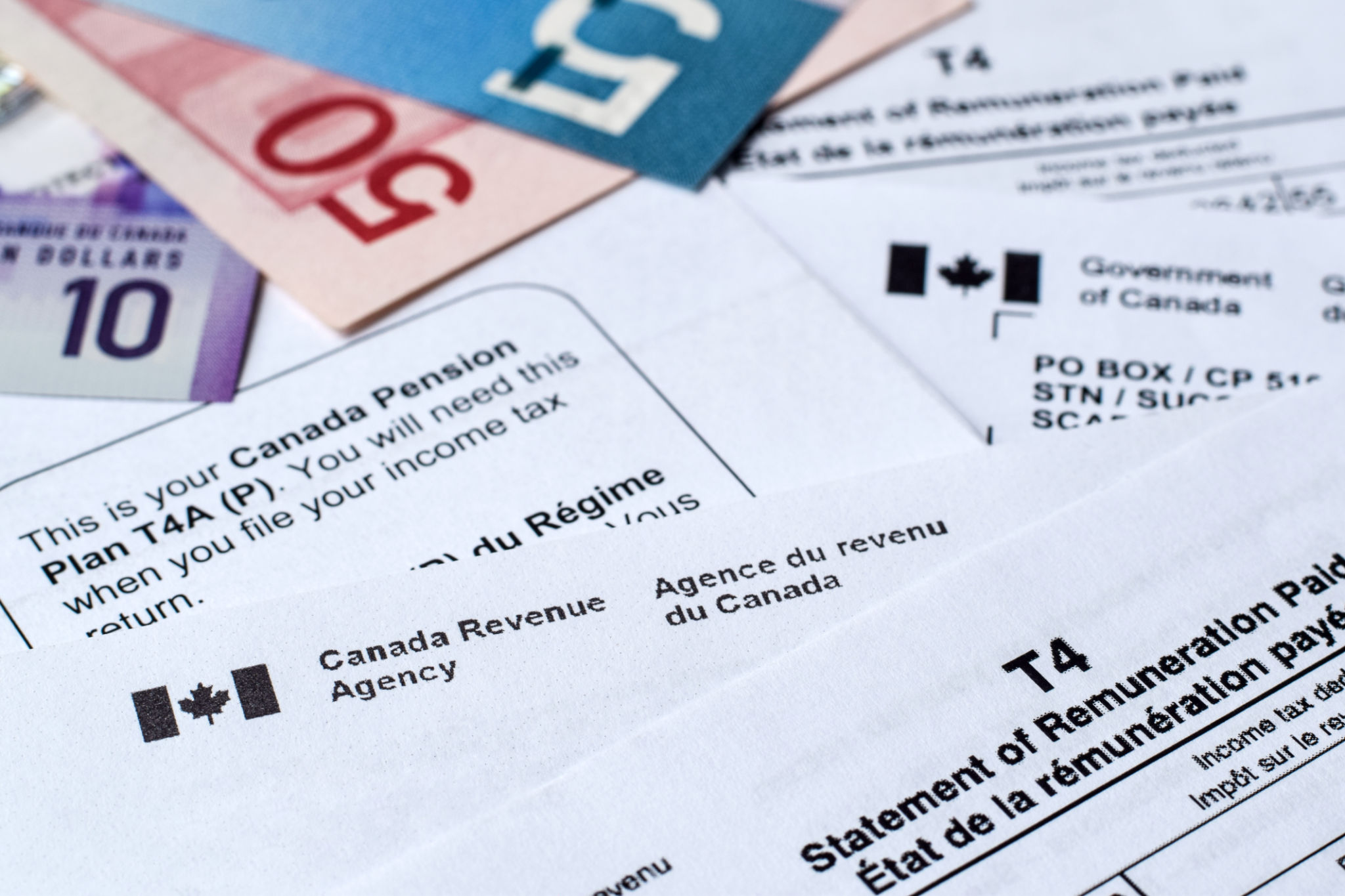DIY Tax Filing: A Step-by-Step Guide to Doing It Right
Understanding Your Tax Obligations
Filing taxes can seem like a daunting task, but with the right guidance, it becomes manageable. Before diving into the process, it's crucial to understand your tax obligations. This means knowing your filing status, the types of income you need to report, and any deductions or credits you might qualify for. These factors will affect how you file and the potential refund or payment you may owe.
Whether you're a single filer, married, or head of household, each status comes with different requirements and benefits. Take the time to determine which category you fall into as it can significantly impact your tax outcomes.

Gathering Your Documentation
One of the first steps in DIY tax filing is gathering all necessary documentation. This typically includes W-2 forms from employers, 1099 forms for additional income, investment interest statements, and any relevant receipts for deductions. Keeping organized records throughout the year makes this step much easier.
Consider creating a checklist of required documents to ensure you don’t miss anything important. It might also be helpful to use online tools or apps designed to track your expenses and store digital copies of receipts.

Choosing the Right Tax Software
With a myriad of tax software options available, choosing the right one can be overwhelming. Popular choices include TurboTax, H&R Block, and TaxAct. These platforms offer user-friendly interfaces and step-by-step guidance through the filing process.
When selecting software, consider factors such as cost, ease of use, and customer support. Many programs offer free versions for simple tax returns. However, if your taxes are more complex, investing in a paid version might be beneficial.

Filing Your Taxes
Once your documents are in order and you've chosen your software, it's time to file. Begin by entering your personal information and following the software’s prompts. These tools are designed to guide you through each section, ensuring no detail is overlooked.
Double-check all entries for accuracy. Errors in Social Security numbers or income figures can delay processing or lead to audits. It's also vital to ensure that all deductions and credits are entered correctly to maximize your refund or minimize taxes owed.
Review and Submit
Before submitting your return, take the time to review everything carefully. Most software offers an error-checking feature that highlights potential issues. Address these concerns before finalizing your submission.
Once satisfied with your return’s accuracy, submit it electronically for faster processing. E-filing is secure, convenient, and often results in quicker refunds compared to paper filing.

After Filing: What to Expect
After filing, keep an eye on your email for confirmation and any follow-up communications from the IRS. If you're owed a refund, track its status using the IRS's "Where's My Refund?" tool.
If you owe taxes, make sure to pay by the deadline to avoid penalties and interest charges. Most tax software will provide payment options and instructions to facilitate this process.
Final Tips for Successful DIY Tax Filing
To ensure a smooth filing process next year, consider maintaining organized records throughout the year. Utilize digital tools to track expenses and keep copies of important documents.
Stay informed about tax law changes that may affect your situation. This proactive approach can help you maximize deductions and credits while minimizing the potential for errors.

